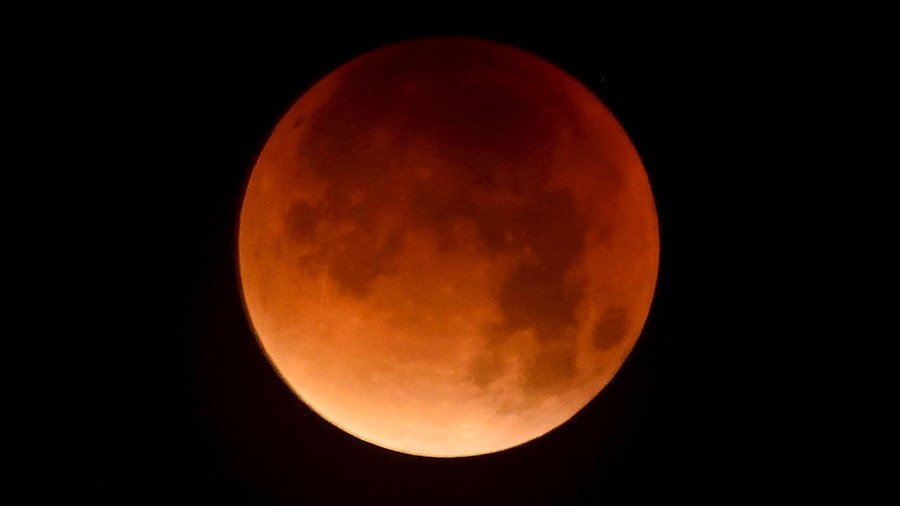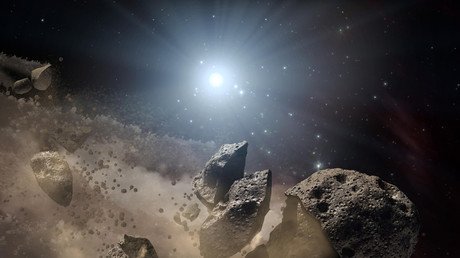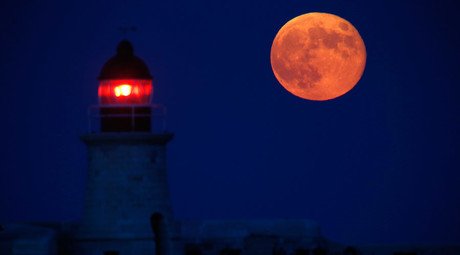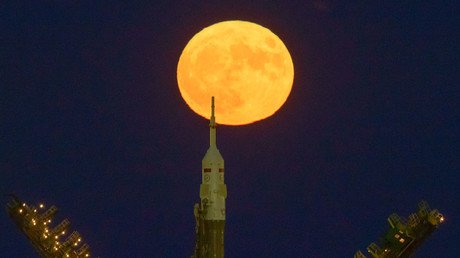Super blue blood moon promises extremely rare treat on January 31

The Moon will put on quite the show at the end of the month, as a very rare, “super blue blood moon” will appear in the skies on January 31.
A super blue blood moon happens when three different lunar events happen at once – a supermoon, a blue moon and a blood moon combining to offer sky gazers a triple whammy of lunar treats.
A supermoon happens when the moon’s perigee – when its orbit is closest to earth – occurs at the same time as a full moon. It makes the Moon seem much larger than normal, by about 14 percent, NASA explains.
A blue moon appears when there are two full moons in one month. Despite the saying, “once in a blue moon,” these moons turn out about once every 2.7 years.
The first full moon of January happened on January 1 or 2, depending on time zones. The second will surface on January 31 or February 1, meaning people living in certain parts of Australia will miss out on experiencing a blue moon.
As well as being a supermoon and a blue moon, January 31 will also have a lunar eclipse – when the moon passes behind Earth and falls into its shadow. This only happens when the Moon, Earth and Sun are all aligned. The moon will be inside the Earth’s shadow for about an hour and fifteen minutes.
While the Moon is in the shadow, it looks reddish and is called a “blood moon.”
A blue moon total lunar eclipse has not occurred in the Western Hemisphere since 1866, but the Eastern Hemisphere saw one in 1982, Space.com reports.
The super blue blood moon will be visible early Wednesday, January 31 for people in the US. For people in Asia, the Middle East or Oceana, the eclipse will be visible after sunset on January 31. Some parts of Europe, Africa and Asia won’t get to see the full eclipse.
Think your friends would be interested? Share this story!















